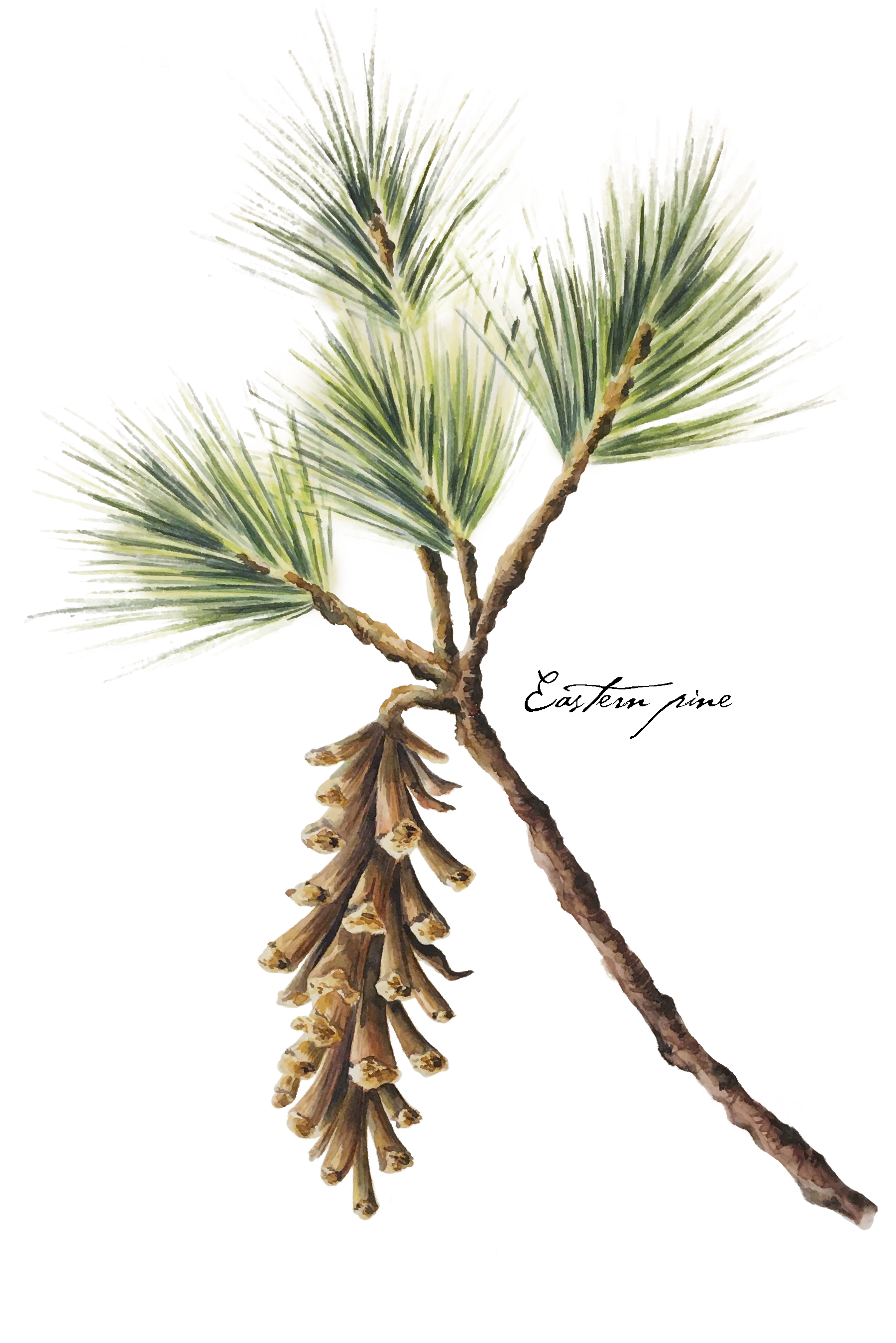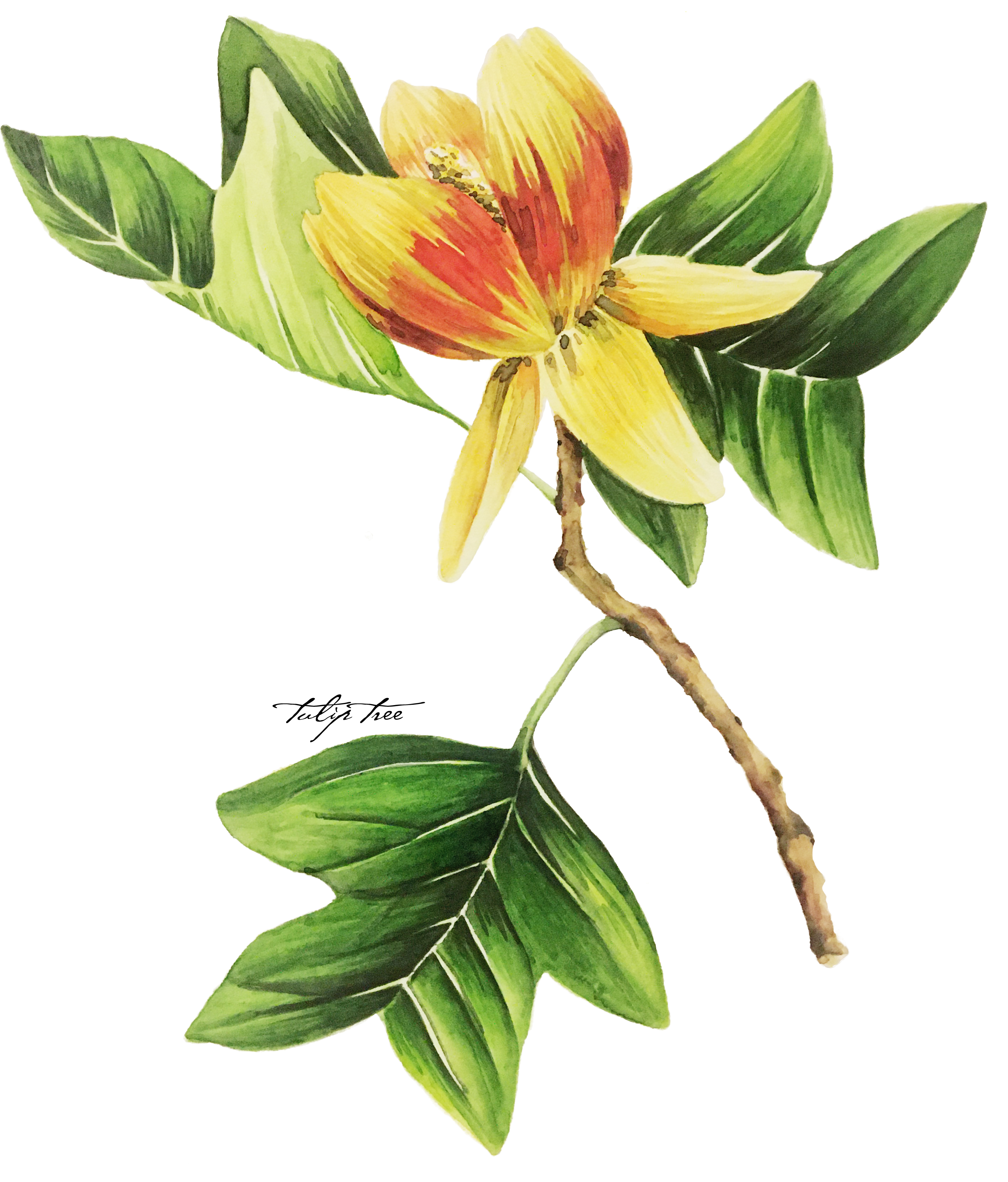precontact
prospect park, brklyn
basswood, aka American linden, Tilia americana, bloom
bitternut hickory, Carya cordiformis, nut oil
eastern white pine, pinus strobus, resin
oak moss, Evernia prunastri, lichen
spicebush, Lindera benzoin, bark, foliage
tulip tree, Liriodendron tulipifera, bloom


1. Newman, Andy. “Returning Chestnut Trees to City Where Blight Was First Found.” New York Times, City Room, 23 March, 2011.